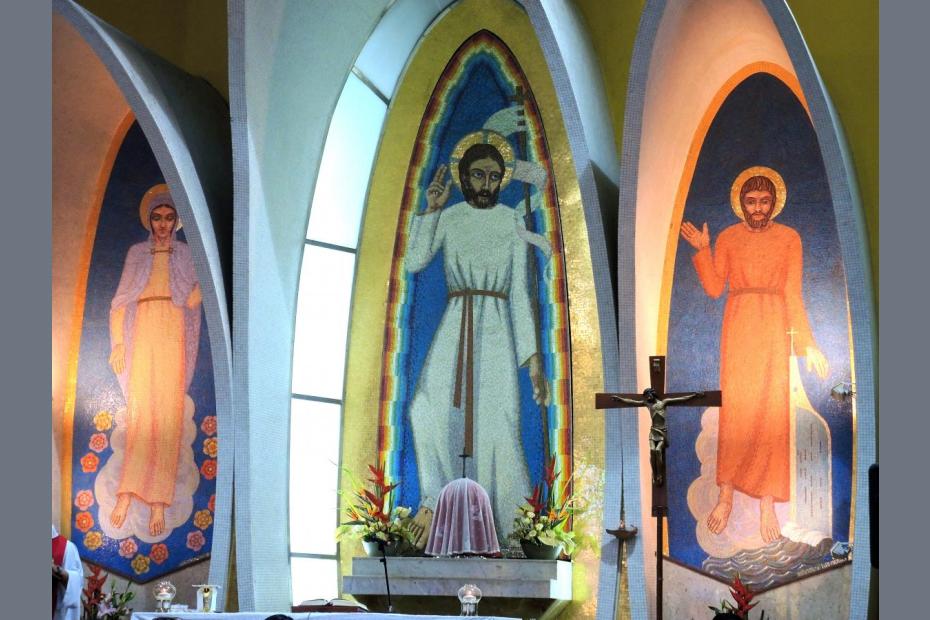Anthropologist Tik-Sang Liu offers a concise and helpful statement of beliefs in the local religious practice: 1 "Deities, ancestors and ghosts live in an invisible supernatural world which coexists with the natural world, allowing spirits to be closely involved in human matters. Once a human being leaves the natural world, people believe he or she enters the supernatural world as either a spirit or a ghost. All supernatural beings have the ability to affect human matters in the natural world.
“The belief is that after death, people who have committed many faults during their lives are sent to hell to be tried. The dead people’s children and relatives must hire specialists to conduct rituals in order to reduce the sufferings of the deceased in hell. Rituals are considered “virtue and merits” (gongde), and can counteract wrongdoing.2 Spirits who do not get any of this attention become dangerous and can disturb people in the natural world. Responsible descendants should worship their ancestors and provide them with sufficient paper and food offerings to deter them from turning into wild ghosts.3 When the deceased has accumulated enough virtue and merits from living a good life and having been tended properly by descendants, he or she will go back to the natural world and be born a human being once more. The two worlds are linked by ghosts and by reborn human beings. Buddhist rituals are often arranged for dead people, as the Buddhist belief in rebirth fits the people’s expectations.4
“When people are in need of something, they seek help from the spirits, expressing their needs to the deities through simple rituals. Some people believe that a better result will be attained if the ritual is conducted by a specialist. Professional Daoist priests, known as nanwu (nam mo in Cantonese) are hired for the most important festivals or major life cycle rituals... Using standardized rituals, the Daoist priests deliver the clients’ messages and ritual offerings to the supernatural world.”
- 1 Tik-sang Liu, "A Nameless But Active Religion: An Anthropologist's View Of Local Religion In Hong Kong And Macau," The China Quarterly 174 (2003): 388-389.
- 2For the discussion of the Buddhist’s concept of gongde, see Holmes Welch, "The Lay Buddhist," In The Practice of Chinese Buddhism, 1900-1950, (Cambridge: Harvard University Press, 1967), 377-382.
- 3 To express care for their ancestors, people not only offer traditional paper items, but also paper products in shape of items existing in the ordinary daily life, such as cellular phones, watches, sports shoes, houses, airplanes, cars, yachts or even domestic helpers. See Grant Evans and Siumi M. Tam, "Religion and Beliefs: Traditional Values and Modern Meanings in the Paper Offering Industry of Hong Kong," In Hong Kong: The Anthropology of a Chinese Metropolis, (Honolulu: University of Hawaii Press, 1997), 223-241.
- 4For the discussion of the Buddhist’s concept of rebirth, see Holmes Welch, "Rites for the Dead." In The practice of Chinese Buddhism, 1900-1950, (Cambridge: Harvard University Press, 1967), 179-181.
